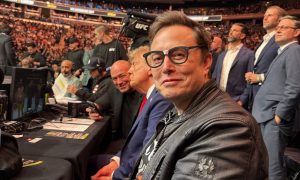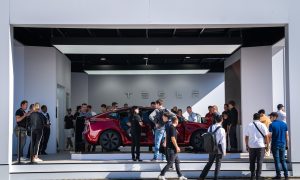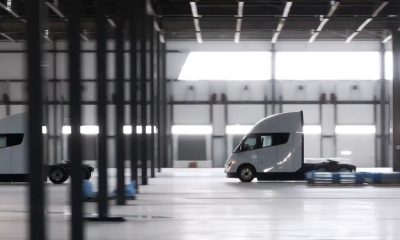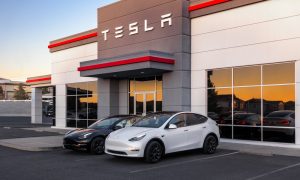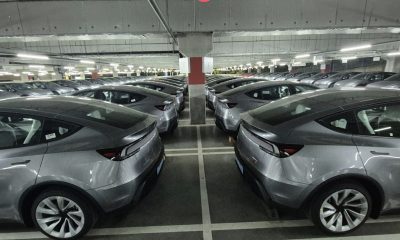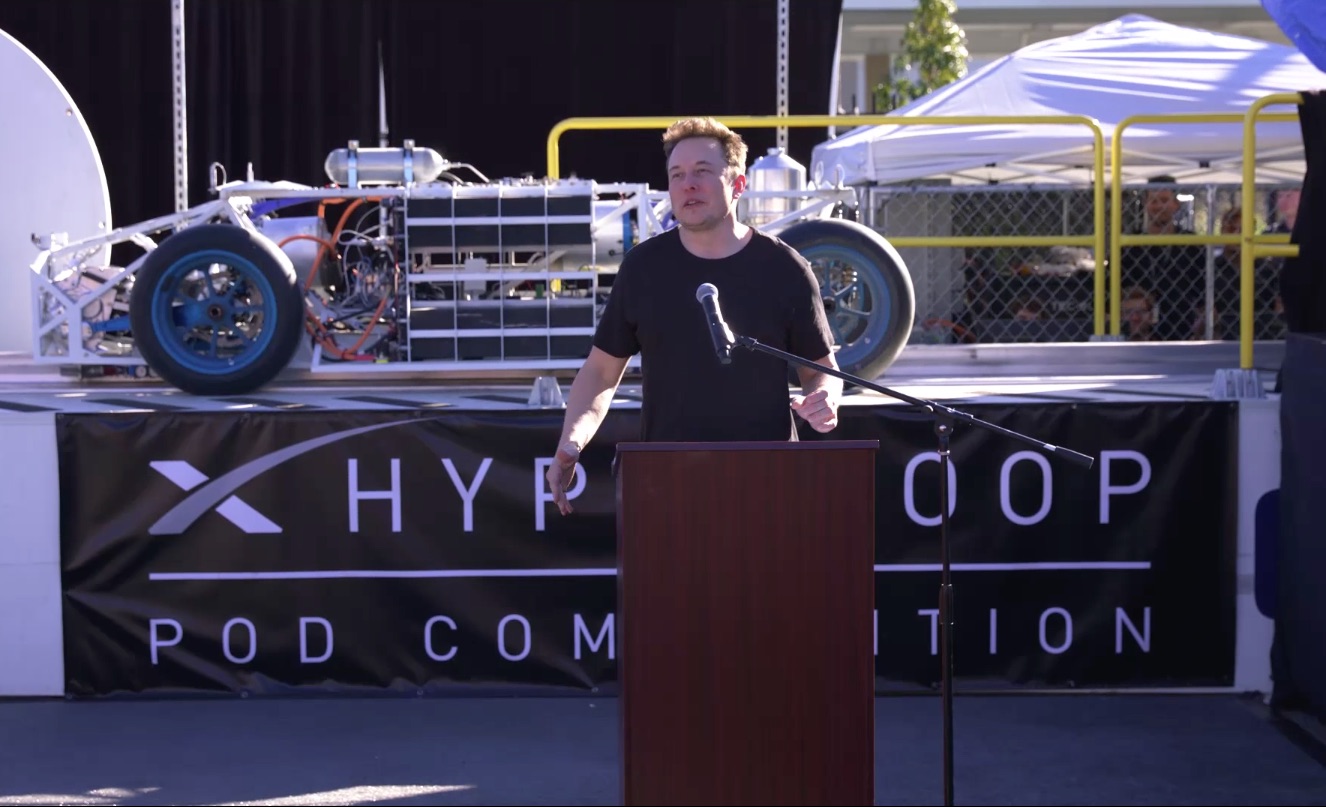

News
SpaceX’s Hyperloop Competition 2 will crown the fastest pod this weekend
After months of preparations, a global roster of student-formed teams have readied their Hyperloop pods and made their way to Hawthorne, California in anticipation of SpaceX’s upcoming Hyperloop Competition Weekend 2, scheduled for August 25-27, 2017.
The first competition, hosted in January 2017, saw Hyperloop visionary Elon Musk test fit himself inside a concept pod, along with an array of groups trial their very first attempts at launching roller-based and magnetically-levitating Hyperloop pods in SpaceX’s Hyperloop test track. The track itself is approximately six feet wide and a mile long. It features prominently in front of SpaceX’s “Rocket Factory”, where Falcon 9 and its many components are manufactured and refurbished.
During the first competition, teams managed a top speed of approximately 100 km/h, which Hyperloop One has since beaten at their own private test track, located north of Las Vegas, Nevada. While only 500 meters or a third of a mile long, the company managed to reach a speed of 192 mph, or 309 km/h. The main difference between the DevLoop and SpaceX’s test track is that DevLoop is twice as large, with a diameter of 12 feet. It is large enough that its test pods could likely eventually hold human passengers or test pilots. Both tracks are capable of producing high quality vacuum conditions. As a result, while SpaceX’s track is not full scale, it has the potential to demonstrate considerably higher speeds.
Based on the the public competition rules, it appears that SpaceX will continue to use their own electric pod truck to accelerate the pods before they are released to travel on their own. For teams that wish to develop their own methods of propulsion, SpaceX appears to be open to proposals that use magnetic levitation and acceleration. Hyperloop One’s test pod, on the other hand, specifically relies on the technologies discussed in Musk’s original Hyperloop Alpha white paper, with a system of linear electric motors inside the pod and static components located in the track. This technology is explained below.
https://www.youtube.com/watch?v=LAWEOwDDt_Y
Ultimately, SpaceX’s second Hyperloop competition will see some of the world’s best engineering students apply their studies to the creation of a potentially revolutionary technology. It is no coincidence that the second competition now only allows enrolled students to form teams, and both SpaceX and The Boring Company will undoubtedly be paying close attention and scouring the competitive field for potential future employees of both companies.
The Boring Company is now known to be pursuing vacuum trains themselves, and the teams that compete and win at Friday’s competition could one day form the team that develops the first commercial Hyperloop route. In the meantime, its even a possibility that TBC’s planned 2 mile tunnel under Hawthorne could eventually become the test track for future Hyperloop competitions. Regardless, stay tuned!
News
Tesla hired over 1,000 factory workers for its Semi program in NV: report
The update was initially reported by Insider, which cited three people reportedly familiar with the matter.
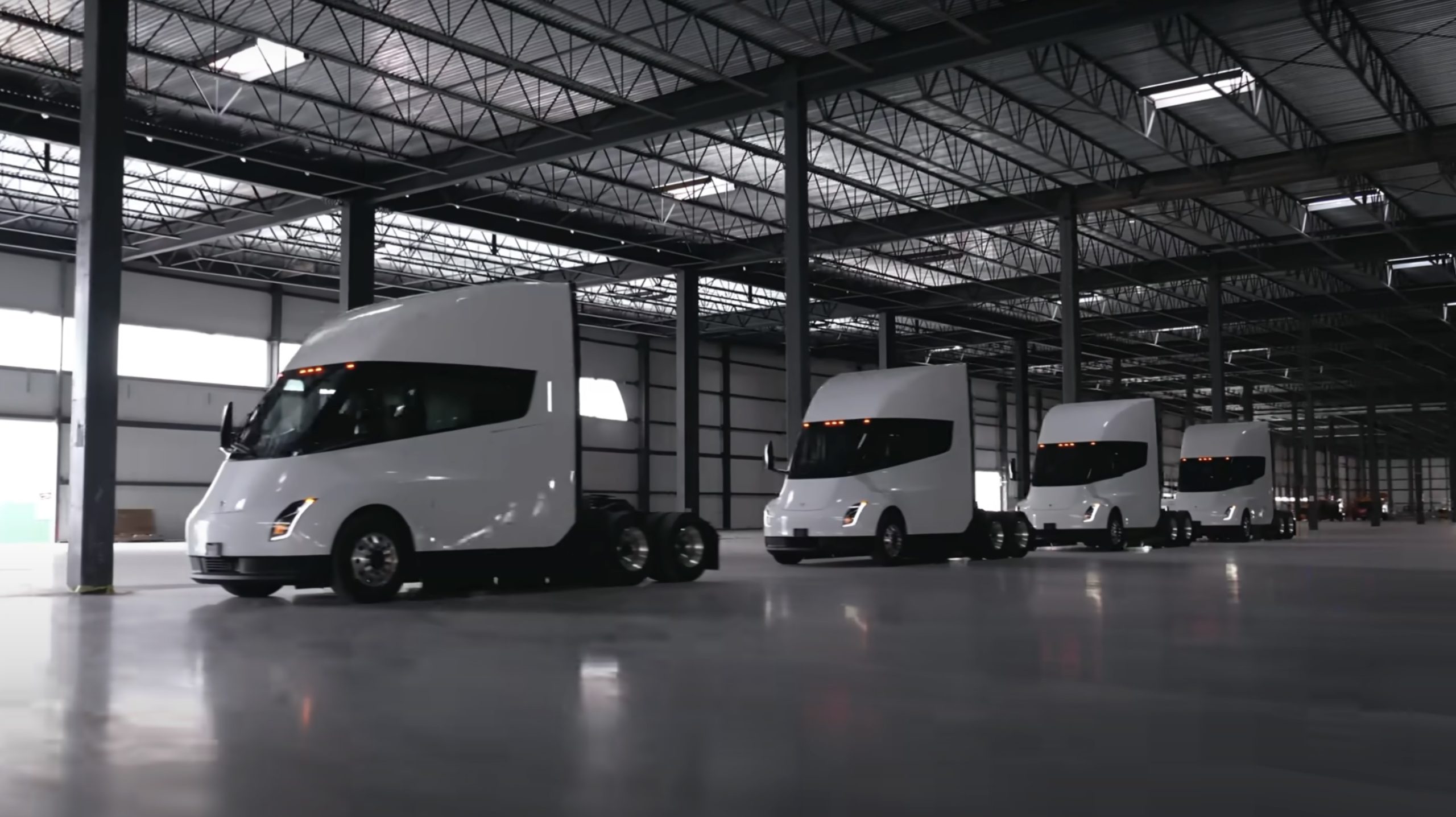
Tesla seems to be putting a lot of effort into growing its Semi team. As per recent reports, the company has hired over 1,000 factory workers in Nevada for its Semi program.
The update was initially reported by Insider, which cited three people reportedly familiar with the matter.
Bigger Semi Team
As per the publication’s sources, Tesla has reportedly hired over a thousand new factory workers for the Semi program in Nevada. The hiring ramp is reportedly part of the company’s efforts to fulfill the orders for the Semi, which have been accumulating for years.
To help the new members of the Semi team, Tesla has reportedly brought in the new workers to Giga Nevada for training and tours over the past months. These efforts are quite a notable update for the Semi program, the publication’s sources claimed, since less than 100 factory workers were reportedly assigned to the Class 8 all-electric truck until recently.
Tesla has not issued a comment about the matter as of writing.
Tesla Semi Jobs and Updates
Insider’s report came amidst a hiring ramp in Tesla’s Careers website. As per previous reports, Tesla’s Careers website has uploaded over 80 positions related to the Semi program. The positions are varied, with listings being posted for engineering-related roles in Palo Alto, California, to manufacturing-related roles in Sparks, Nevada, and vehicle service-related roles in Sacramento, California.
Tesla also shared a recent video of the ongoing progress of the Semi factory’s construction near Giga Nevada. As per Tesla Semi program lead Dan Priestley, the company has spent the last few months building the facility’s shell, so efforts are now underway to equip the factory with production equipment. The Tesla executive also reiterated the company’s target of producing 50,000 units of the Semi annually from its Nevada factory.
Lifestyle
Elon Musk jokes he will join Mr Beast’s “100 Men vs 1 Gorilla” challenge
It’s a good sign, if any, that the overworked Musk is becoming a bit more lighthearted again.
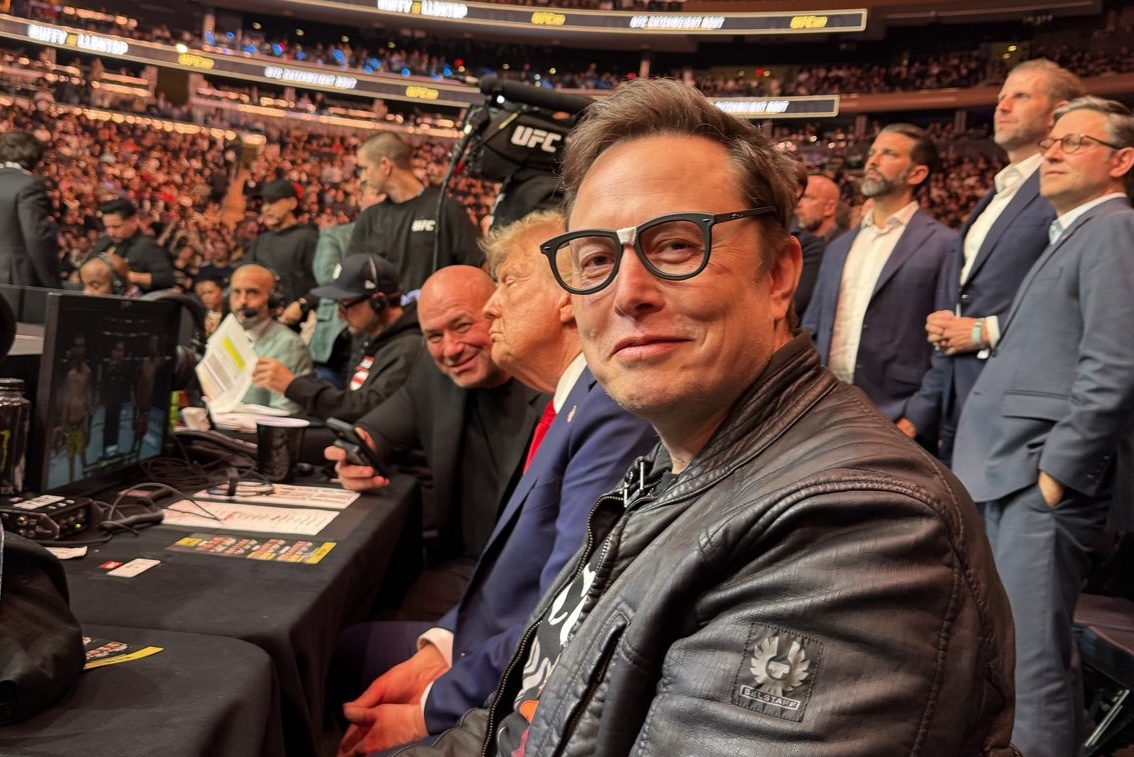
Following the first quarter Tesla earnings call, CEO Elon Musk seems to have become a bit more relaxed—relaxed enough to joke about fighting a gorilla with 99 other people, at least.
It’s a good sign, if any, that the overworked Musk is becoming a bit more lighthearted again and not too busy picking fights with politicians on social media.
The Viral 100 Men vs 1 Gorilla Challenge
Over the weekend, a post on social media platform X went viral. The post itself was quite simple, with user @DreamChasnMike stating that he thinks 100 men could beat one gorilla. “Everybody just gotta be dedicated to the sh*t,” the X user joked. The post exploded on the platform, garnering 284 million impressions as of writing.
The silly question also triggered a massive debate about whether 100 men would really stand a chance against a literal gorilla. Some users even lamented that the premise was a sign of male hubris. Nevertheless, the question proved to be a fun topic on X, with some more dedicated users even posting simulated videos of what the “100 Men vs 1 Gorilla Challenge” could look like.
Mr. Beast and Elon Musk Join In
The premise is quite similar to other viral videos from noted YouTube creator Mr. Beast, so it was no surprise that edited images of Mr. Beast YouTube thumbnails with “100 Men vs a Gorilla” also started spreading on the social media platform. Mr. Beast, who tends to be game to such silly ideas, actually reposted the edited image, joking “Need 100 men to test this, any volunteers?”
In true Elon Musk fashion, the Tesla and SpaceX CEO noted that he would join the challenge. “Sure, what’s the worst that could happen” Musk wrote in his post on X. Musk’s reply triggered quite a few laughs on X, with some stating that the world probably still needs the CEO.
While silly, Musk’s comment and his recent, more frequent posts about his companies’ products like Starlink and Grok have been received well by his supporters. Over the past months, after all, Musk has been very political and quite confrontational on social media. With Musk soon taking a step back from the Department of Government Efficiency’s (DOGE) daily operations, however, it seems like X will soon get a more tempered and lighthearted Elon Musk once more.
News
Big Tesla win? Sec Lutnick says cars with 85% domestic content will face zero tariffs
That’s a big competitive advantage for Tesla’s best-selling vehicle.
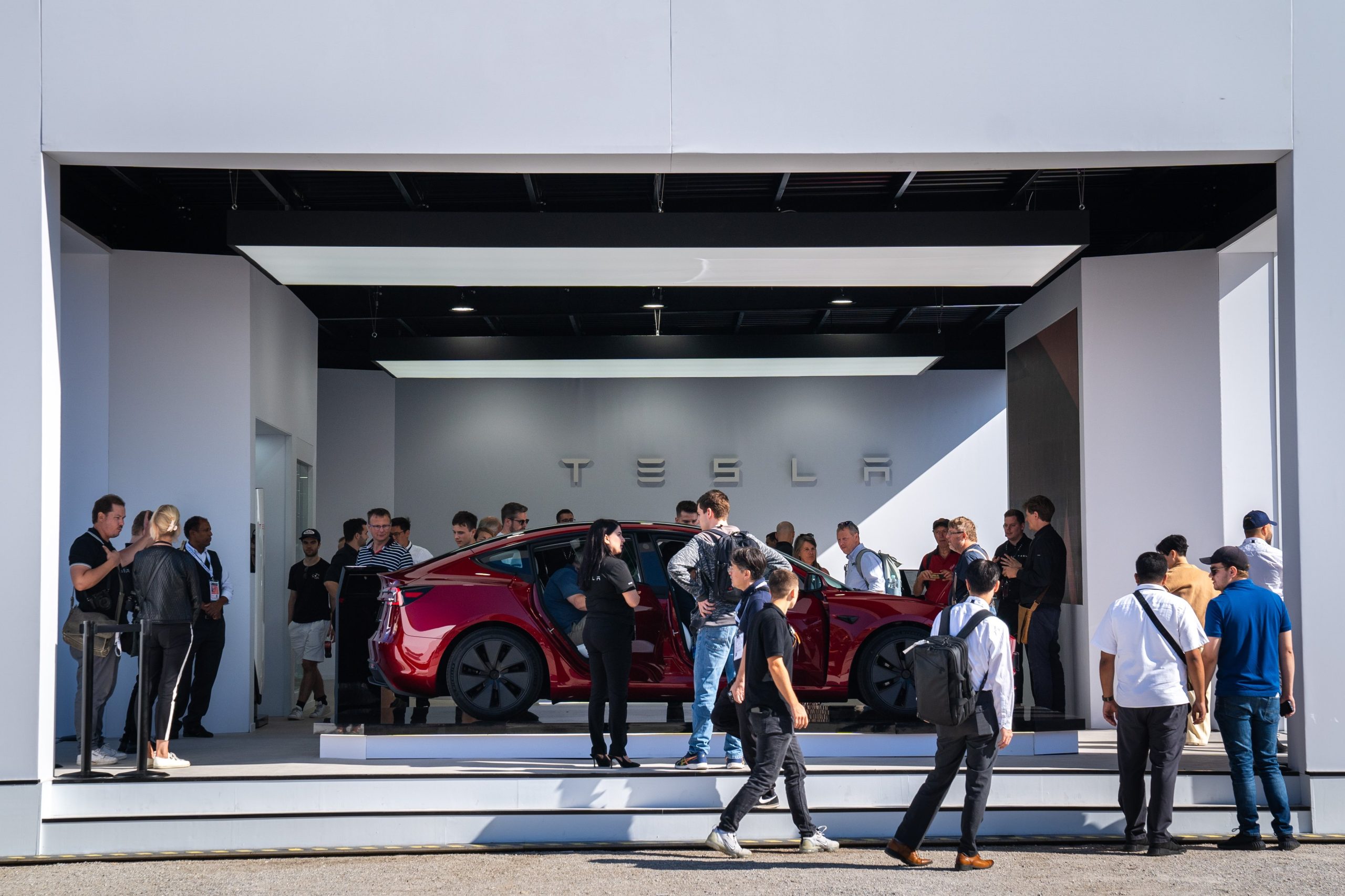
It appears that Tesla may see itself with a notable advantage in the United States.
This is, at least, as per recent comments from United States Commerce Secretary Howard Lutnick.
Lutnick’s Comments
In recent comments to reporters, Lutnick stated that vehicles finished in the United States with 85% domestic content will have no tariff applied, as noted in a report from The Guardian. Automakers that meet this threshold stand to gain an advantage in the U.S. auto sector, especially considering the Trump administration’s aggressive tariffs.
As per Lutnick, the administration’s auto tariffs will apply to foreign carmakers that are building their vehicles in the United States. “This is ‘finish your cars in America and you win’,” Lutnick stated.
Big Tesla Advantage
Lutnick’s comments were received positively by Tesla watchers on social media, many of whom noted that the threshold would probably be met only by the electric vehicle maker’s cars. Teslas that are sold in the United States are built in the United States, and they have consistently ranked among the most American cars in the country for several years running.
Back in December, for example, American University’s Kogod School of Business released its Made in America Auto Index, which explores the total domestic content of vehicles that are available for purchase today. In its rankings, only three vehicles received a total domestic content score of 85% or higher—the Tesla Model Y, Model Y Long Range, and the Model 3 Performance.
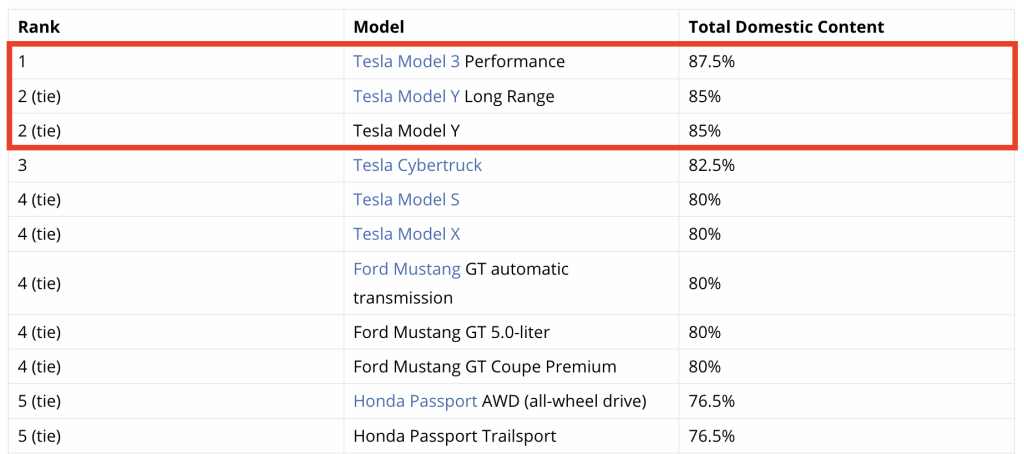
The two Model Y variants received a total domestic content score of 85%, while the Model 3 Performance had a total domestic content of 87.5%. If Secretary Lutnick’s comments are any indication, these three vehicles would be subjected to zero tariffs. This bodes well for Tesla, as the Model Y is the company’s best-selling vehicle by a notable margin.
-
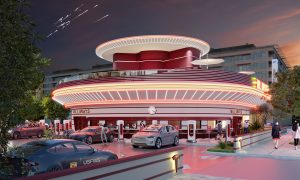
 News1 week ago
News1 week agoTesla’s Hollywood Diner is finally getting close to opening
-
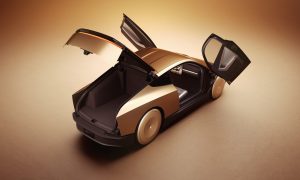
 Elon Musk2 weeks ago
Elon Musk2 weeks agoTesla doubles down on Robotaxi launch date, putting a big bet on its timeline
-
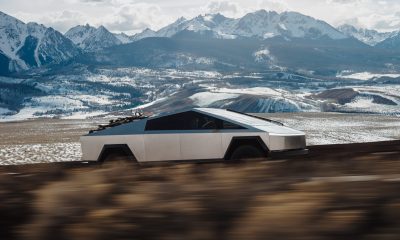
 News5 days ago
News5 days agoTesla is trying to make a statement with its Q2 delivery numbers
-
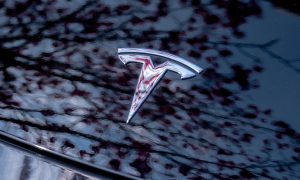
 News2 weeks ago
News2 weeks agoTesla’s top investor questions ahead of the Q1 2025 earnings call
-
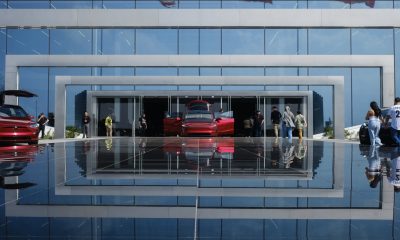
 Investor's Corner1 week ago
Investor's Corner1 week agoLIVE BLOG: Tesla (TSLA) Q1 2025 Company Update and earnings call
-
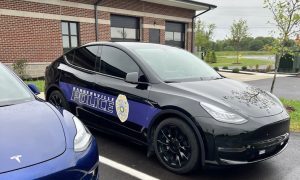
 News2 weeks ago
News2 weeks agoTesla police fleet saves nearly half a million in upkeep and repair costs
-
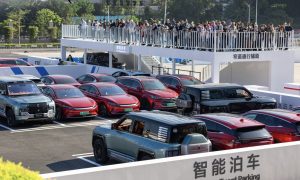
 News2 weeks ago
News2 weeks agoGlobal EV sales climbed 29% in March, powered by China & Europe
-
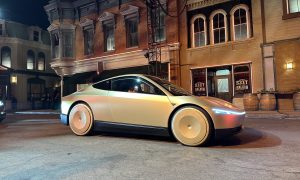
 Elon Musk2 weeks ago
Elon Musk2 weeks agoTesla reportedly suspended Cybercab and Semi parts order amid tariff war: Reuters


